| Recent Featured Videos and Articles | Eastern “Orthodoxy” Refuted | How To Avoid Sin | The Antichrist Identified! | What Fake Christians Get Wrong About Ephesians | Why So Many Can't Believe | “Magicians” Prove A Spiritual World Exists | Amazing Evidence For God | News Links |
| Vatican II “Catholic” Church Exposed | Steps To Convert | Outside The Church There Is No Salvation | E-Exchanges | The Holy Rosary | Padre Pio | Traditional Catholic Issues And Groups | Help Save Souls: Donate |  |
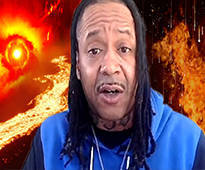
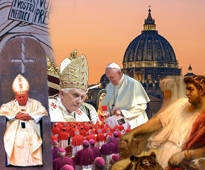
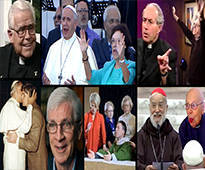
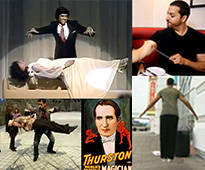
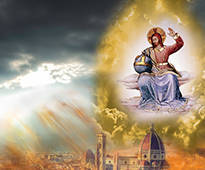

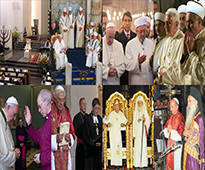


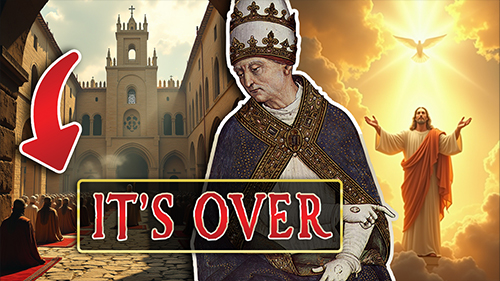 " />
" />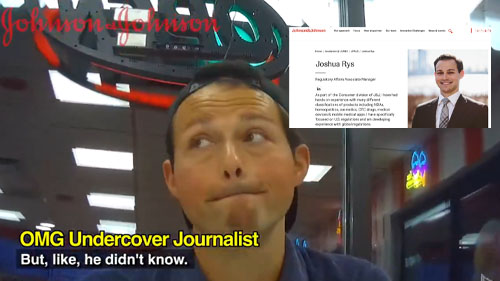 " />
" />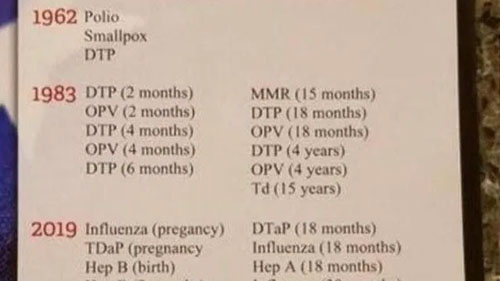 " />
" /> " />
" />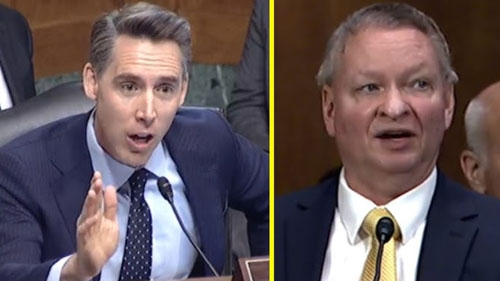 " />
" />




Clearing up some confusion about religious liberty and Vatican II
Thanks for your question. Defenders of Vatican II have bent over backwards to attempt to reconcile its teaching with traditional Catholic teaching. As is the case with many issues, such as creation vs. evolution, etc. individuals attempt to confuse matters by distorting issues. For instance, a subtle distortion of a fossil can create an entire line of false belief in evolution. The same is true with this issue of religious liberty. It is true to say that unless a person understands the issue of religious liberty and its details he or she can be misled by these – sometimes subtle – distortions. Let’s take a look at one of them. Many of the defenders of Vatican II’s teaching on religious liberty point out that the Catholic Church doesn’t force or coerce an unbeliever to be a Catholic, since belief is, by definition, a free act of the will. This is very true.
They say, therefore, that Vatican II’s teaching on religious liberty was simply a repetition of this truth that the Church doesn’t force an unbeliever to be Catholic. This is what Patrick Madrid argued in his book, Pope Fiction. A person who is familiar with Vatican II’s teaching on religious liberty would probably detect the subtle distortion in the Madrid argument. Yet, we can see how those who are unfamiliar with the issue might be taken in by such an argument. The truth is, contrary to the claims of Patrick Madrid and others, Vatican II didn’t merely teach that the Catholic Church doesn’t force or coerce an unbeliever to be a Catholic. If that’s all it taught on that point, it wouldn’t have been heretical (on that point). Rather, Vatican II taught that States don’t have the right to put down the public expression and propagation and practice of false religions (because the civil right to religious liberty should be universally recognized). Again, we must understand the distinction between the two different issues which the dishonest defenders of Vatican II sometimes attempt to conflate: First issue) the Catholic Church doesn’t force or coerce a nonbeliever to believe, since belief is free – true; Second issue) the State cannot repress the public expression of these false religions – this is where Vatican II contradicts the Catholic Church on religious liberty. The second issue is the key. The Catholic Church teaches infallibly that States can and must (unless the regime were threatened by doing it or it were not within its reasonable power or a greater evil would result) put down the public expression and propagation of false religions. The contrary was condemned in the Syllabus of Errors. We can see that the idea that the State cannot exclude the other religions is condemned. To understand this better let’s give an example: If a State were presented, for instance, with Muslims and Jews holding their religious services and celebrations in a public place (even if they were not disturbing the peace or infringing on any private property or upsetting the public order at all), the State could and should (according to Catholic teaching) repress these services and celebrations and send the Jews and Muslims home (or would arrest them, if the law were well established) since they scandalize others and could cause others to join these false religions. The State would tell them their obligation to be Catholic before God and try to convert them by directing them to the Catholic priests, but it wouldn’t force them to do so. This is an example of the clear distinction between 1) forcing one to be Catholic, something the Church condemns, since belief is free and 2) the State’s right to repress false religious activity, something the Church teaches. But Vatican II teaches just the opposite. Below we will quote a passage that is the clearest heresy of Vatican II on religious liberty. This passage cuts through all of the heretics’ attempts to distort and confuse what the religious liberty issue is and what Vatican II taught about it – so use it whenever you are debating this issue. (There are other subtle distortions on this issue of religious liberty which we may discuss in a future post). But this passage below from Vatican II is utterly indefensible and cuts through all of their attempted distortions. It is the clearest heresy of Vatican II on religious liberty, and probably the third clearest heresy in all of Vatican II. Here Vatican II says that the State exceeds its authority if it dares to direct or prevent religious activity. We just saw above that the Syllabus of errors condemned the idea that State cannot prevent the activity of other religions. This proves that Vatican II’s teaching on religious liberty was clearly false and heretical.Sign up for our free e-mail list to see future vaticancatholic.com videos and articles.
Recent Content
^